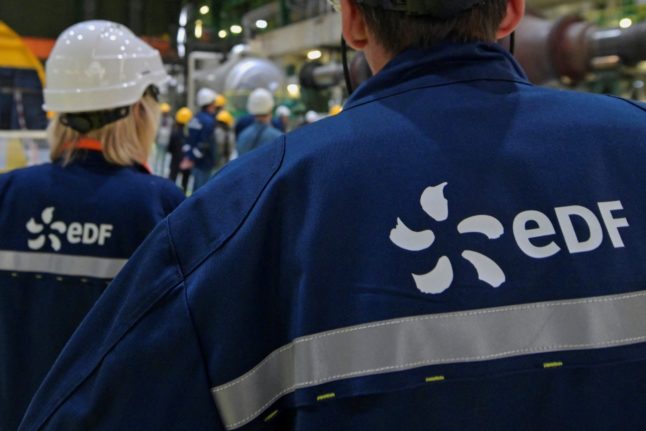Large-scale expansion of the wind farms could cause irreversible damage to coastal fishing, the association has said.
“There is a risk of destroying one of Norway’s most important industries in order to build up something (wind energy) that we don’t know the impact of,” the leader of the Norwegian Fishermen’s Association, Kjell Ingebrigtsen, told newspaper Klassekampen.
There are approximately 11,000 fishermen in Norway according to official data, hauling in around 2.5 million tonnes of fish each year. Around 40,000 jobs are dependent on the country’s fishing industry.
Offshore wind is one of the fastest growing forms of energy globally, meanwhile. The EU plans to expand its wind capacity to 25 times its current size by 2030.
Most political parties in Norway also see large-scale development of offshore wind as an important part of the shift towards green renewable energy.
Ingebrigtsen says he believes this rapid development of wind power could cause permanent damage to the fishing industry.
“It is important to have good climate solutions. But you cannot just push the challenges out to sea. It will have major consequences,” he told Klassekampen.
READ MORE: What happens if you get caught breaking the Covid-19 rules in Norway
Although Norway’s sea area is six-and-a-half times larger than its land mass, Ingebrigtsen says offshore wind farms and fisherman are both vying for the same space.
“Norwegian sea areas are large, but both bottom-fixed and floating offshore wind farms are often placed in shallow water for technical reasons. Such areas are often the best fishing areas and important spawning areas for the fish,” he said.
Fishermen often have to keep their distance from offshore wind farms due to safety reasons, floating offshore wind farms have mooring lines which can cause major problems for boats.
To ensure there is room for both industries to thrive The Fishermen’s Association has asked the government to submit a report to Norwegian parliament for “coexistence and utilisation of the sea”. The organisation has also asked to meet the minister for energy, Tony Tiller, ahead of a report on energy in May.
“If coexistence is to be possible, we are dependent on thorough analysis being carried out before projects are opened up. It involves a complete analysis of the environmental impact of development, mapping of the seabed and consequences for fishing and spawning areas, Ingebrigtsen said.
Minister for Petroleum and Energy Tiller said that the government will listen to fishing industry concerns before the energy report is presented in May.
“We will have a meeting with the Norwegian Fishermen’s Association before the report is presented and are in the process of finding a suitable meeting time,” he informed Klassekampen.
However, he rejects Ingebrigtsen’s view that a separate report for the use of the sea is required.
“When more activities are to take place on the continental shelf, a well-regulated and well-functioning relationship between the various users important for achieving good resource management and high overall value creation. In Norway, we have a long and positive experience with this, and the government aims to discuss the relationship between the various users of the sea in the forthcoming report to parliament,” he said.



 Please whitelist us to continue reading.
Please whitelist us to continue reading.
Member comments